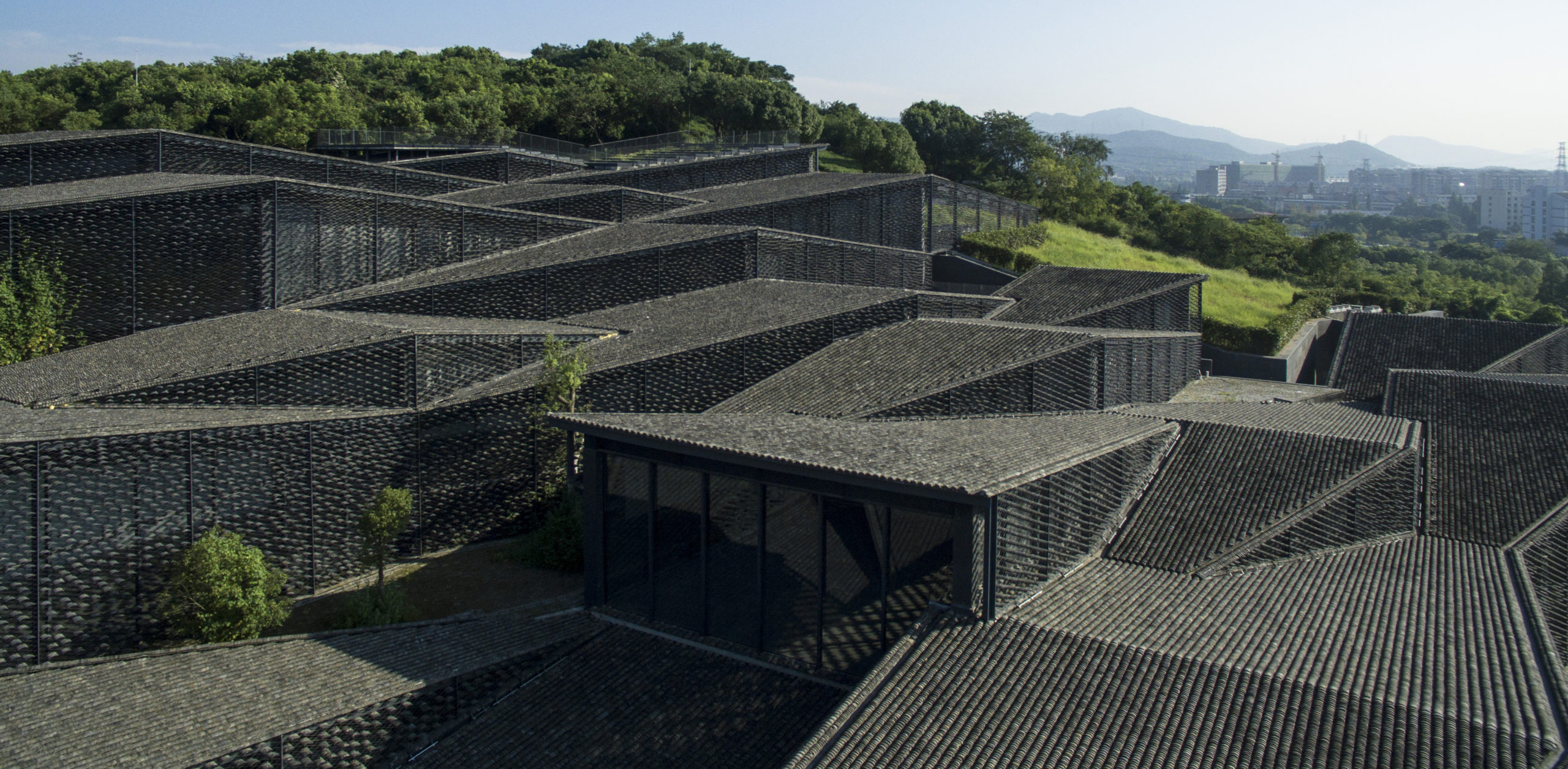Feast your eyes on the world's most outstanding architectural photographs, videos, visualizations, drawing and models: Introducing the winners of Architizer's inaugural Vision Awards. Sign up to receive future program updates >
Kengo Kuma’s architecture is defined by pattern and craft. Establishing his own practice, Kengo Kuma & Associates in 1990, the firm has since has designed architectural works in over twenty countries. Working together with his team, Kuma aims to design architecture which naturally merges with its cultural and environmental surroundings as gentle, human scaled buildings.
Kuma is constantly in search of new materials to replace concrete and steel, investigating new approaches for architecture in a post-industrial society. This can be readily seen in the firm’s section drawings, where ideas of spatial experience and craft come together. Mastering repetition, layering and pattern, the architecture is an exploration into new ways of building and working together with craftsmen. The following projects showcase some of the firm’s section drawings to tell a story of how renowned architecture shapes daily life.
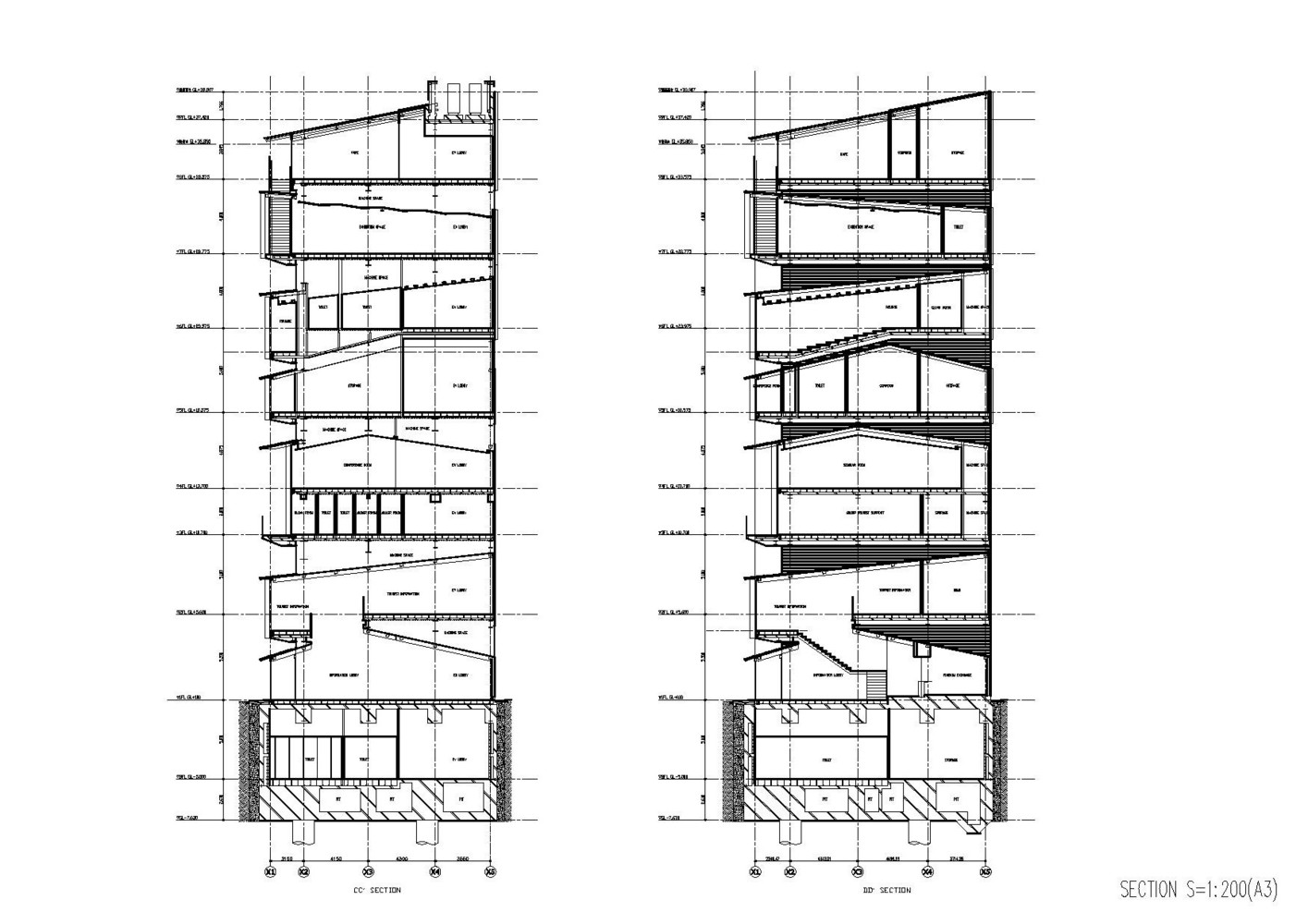
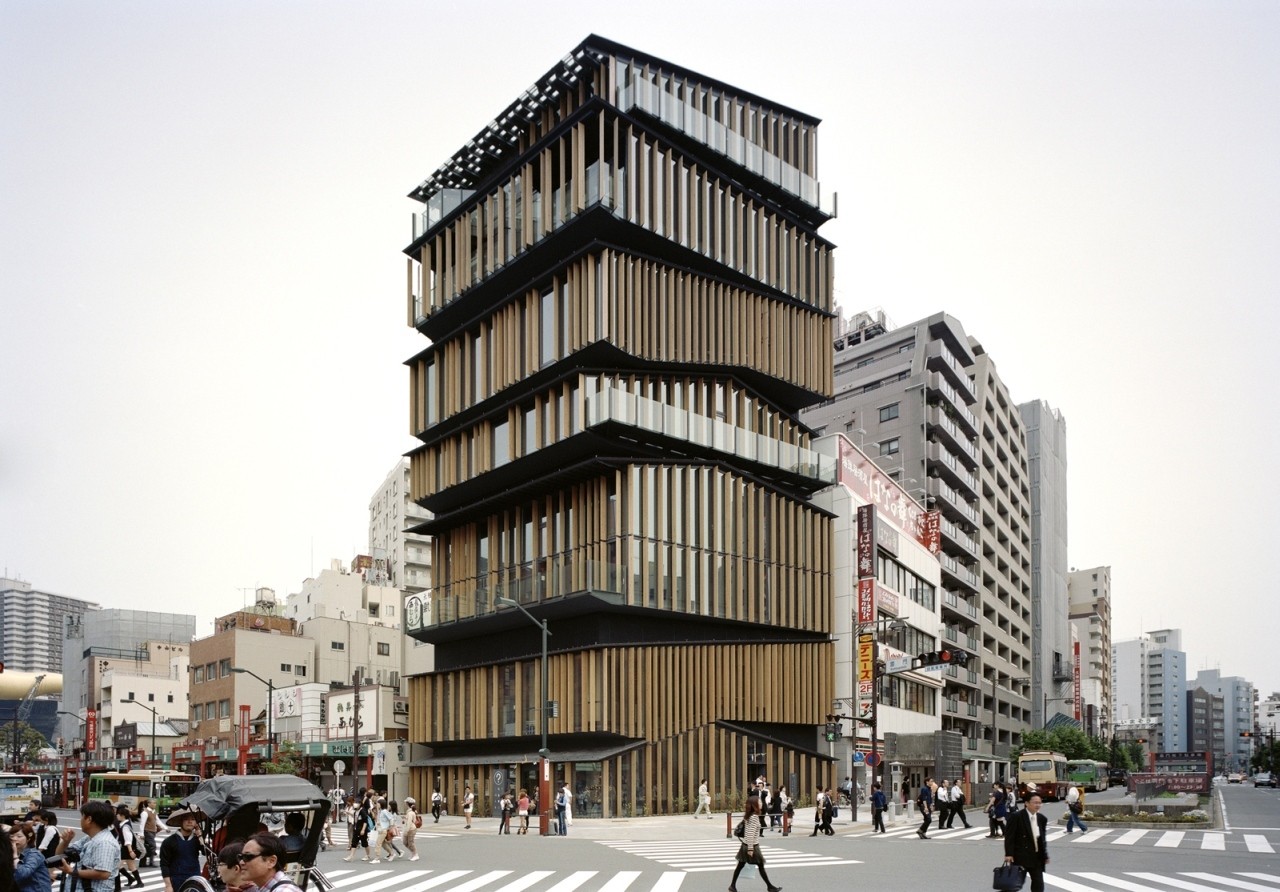 Asakusa Culture Tourist Information Center, Asakusa, Taito, Japan
Asakusa Culture Tourist Information Center, Asakusa, Taito, Japan
Asakusa Culture Tourist Information Center opened in April 2012, as a contemporary building of timber and glass. The center is a striking structure taking the appearance of a stack of separate wooden buildings that have been piled up on top of each other at different angles. Inside, the facilities include an information counter, an exhibition space, a café, and an observation deck. The section drawings reveal how seemingly regular floors are given form and identity.
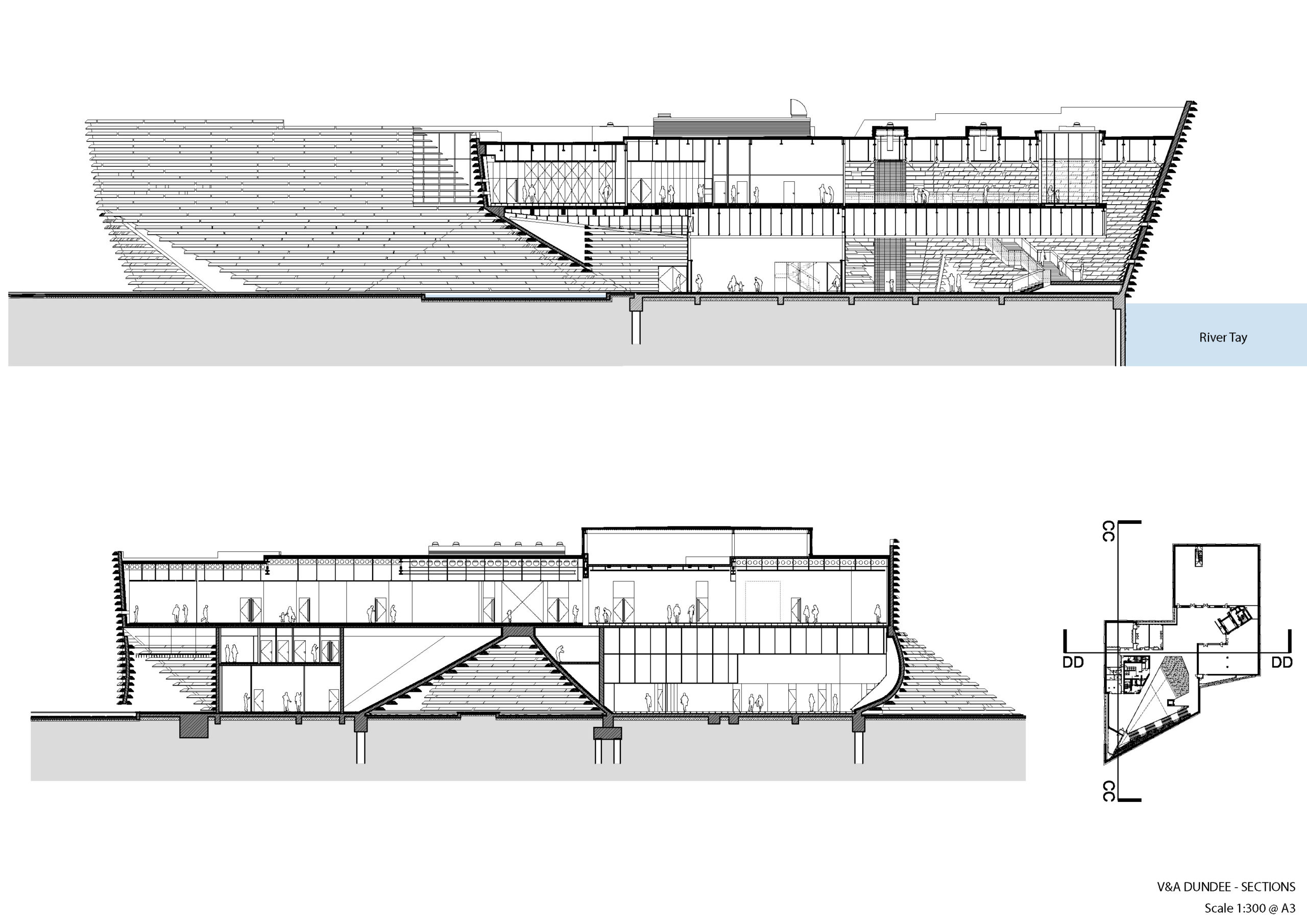
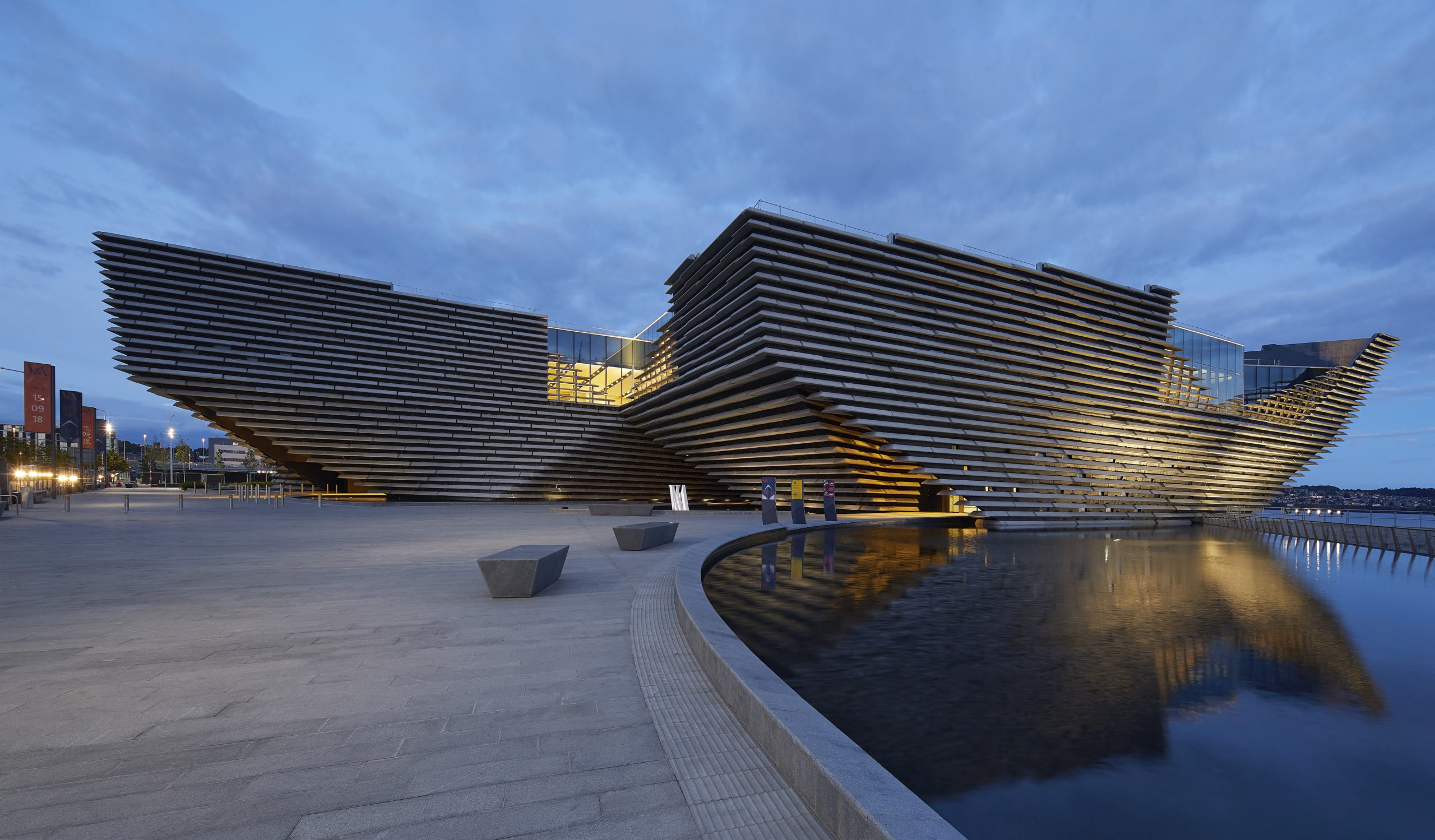 V&A Dundee, Dundee, United Kingdom
V&A Dundee, Dundee, United Kingdom
The design of V&A Dundee is intended to act as a connector between the river and the city, creating a frame through which the river can be seen from the city and vice versa. The building acts as a gate through which the city can once again access the world, in a way which reflects on Dundee’s successful history of trade. The building’s form creates dramatic spaces with an impressive main hall forming a public indoor plaza, and areas that overhang the external public plaza.
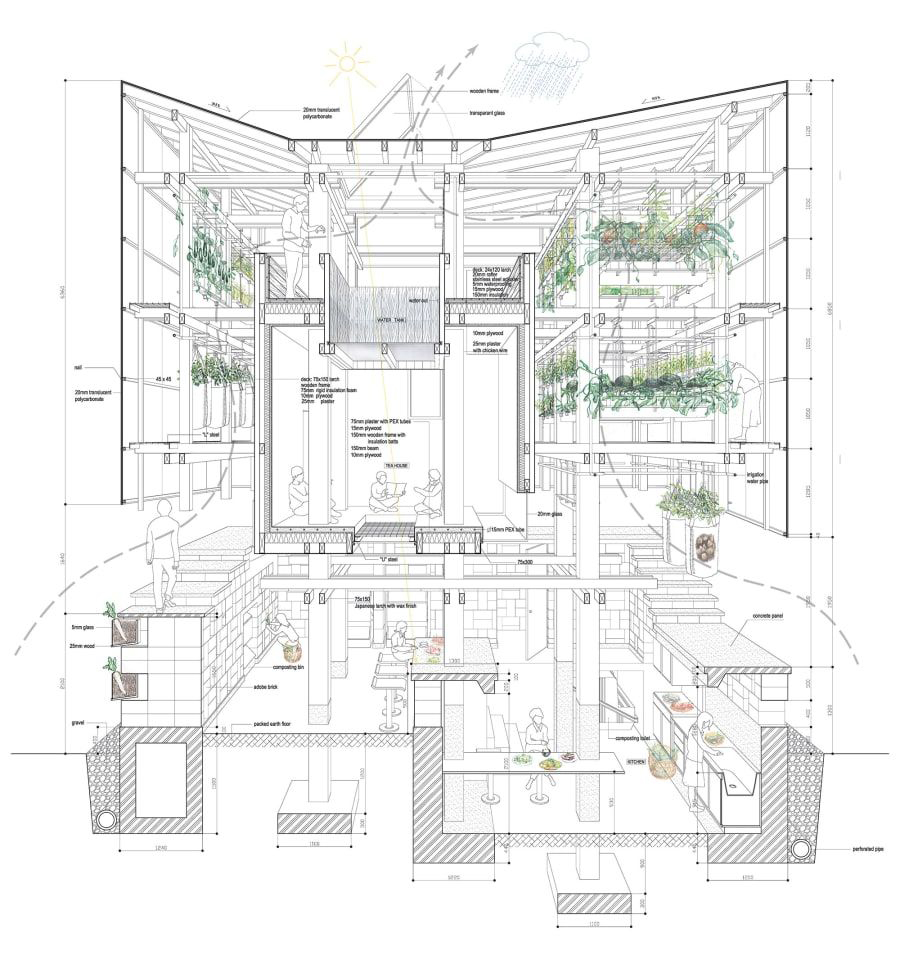
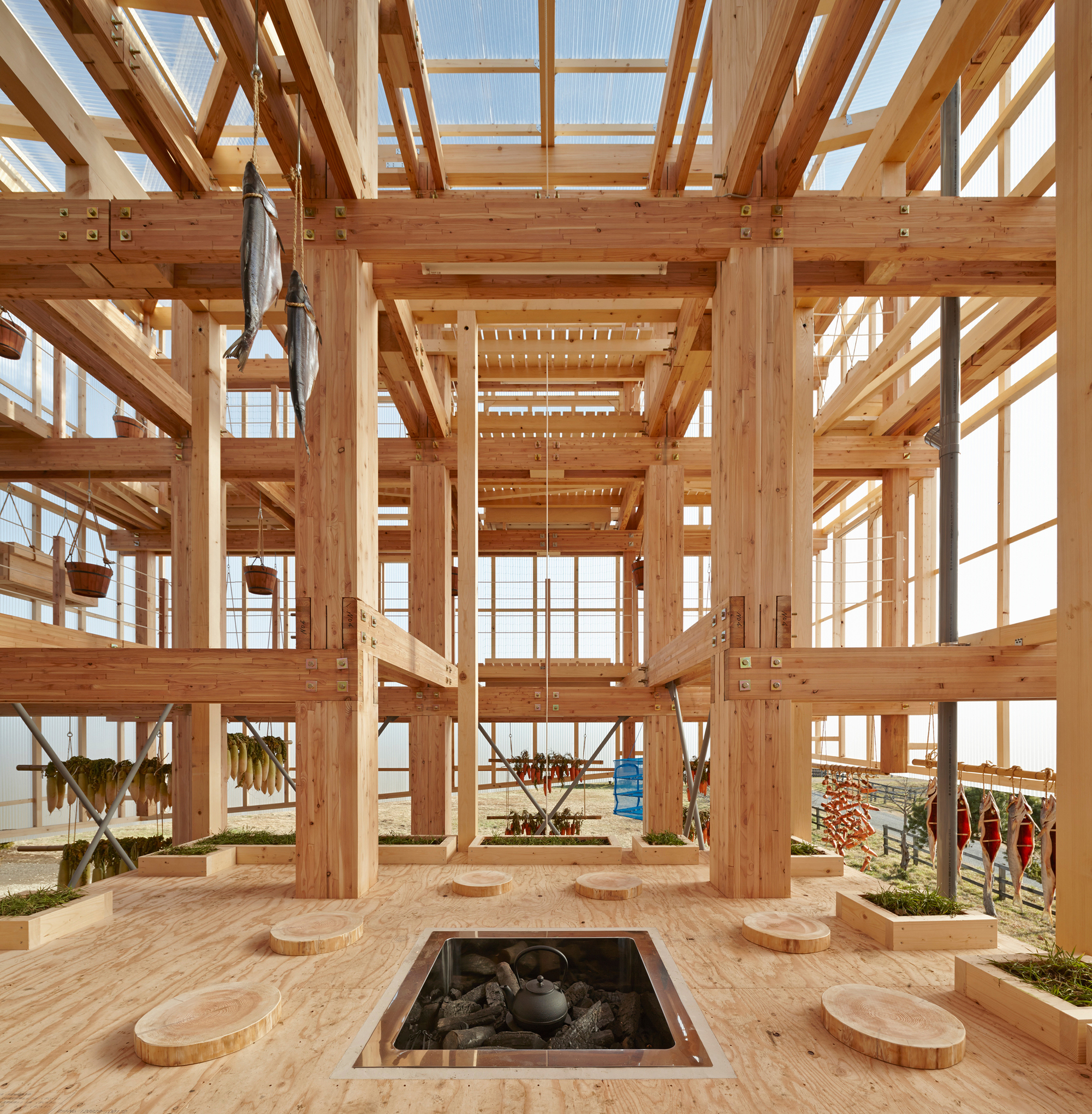
Nest We Grow (in collaboration with College of Environmental Design UC Berkeley), Takinoue, Japan
In response to an international design-build competition, Kengo Kuma & Associates proposed a “quintessentially Californian approach” embracing many ideas still new to Asia. Created in collaboration with UC Berkeley students, the main intent of this experimental project was to bring people in the community together to store, prepare and enjoy local foods in the setting of Hokkaido, Japan. An open interior and exposed wood framing lends the building a literal and figurative transparency that encourages interaction and enhances the communal nature of the project.
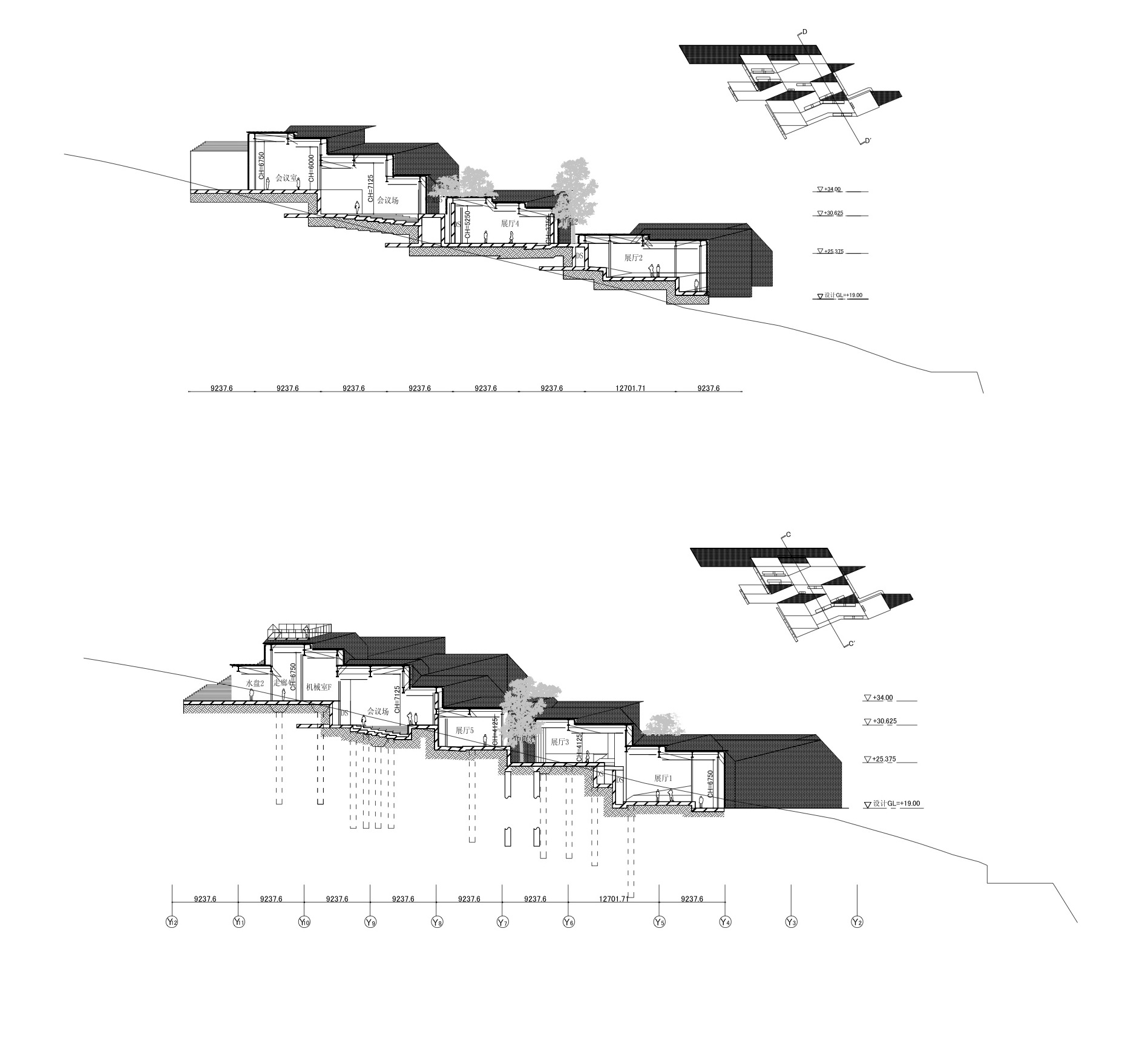
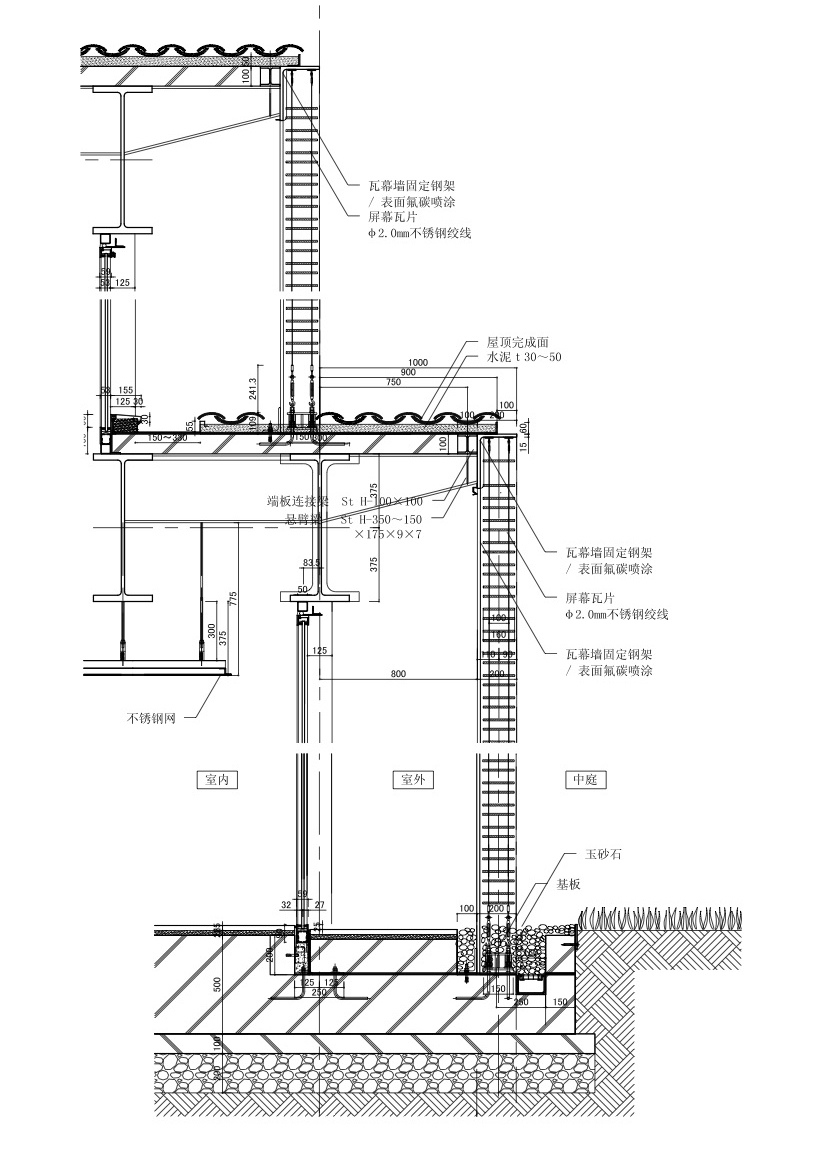
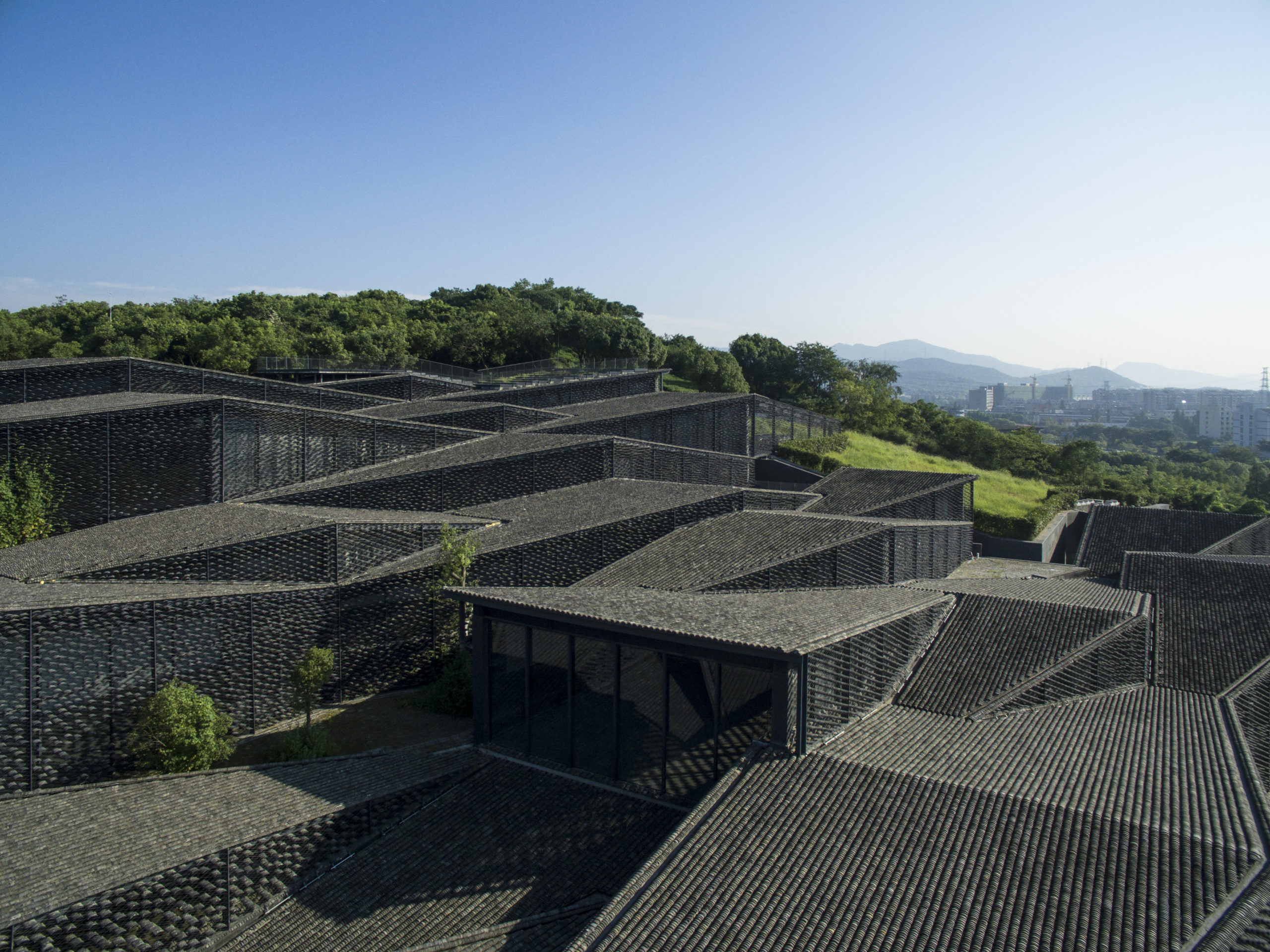 China Academy of Art’s Folk Art Museum, Hangzhou, China
China Academy of Art’s Folk Art Museum, Hangzhou, China
The folk art museum stands in the campus of China Academy of Arts in Hangzhou. The site was formerly a tea field that formed a hillside. The team’s point was to design a museum from which the ground below can be felt, by continuing the building’s floors that follow the ups and downs of the slope. Planning is based on geometric division in the units of parallelogram to deal with the intricate topography.
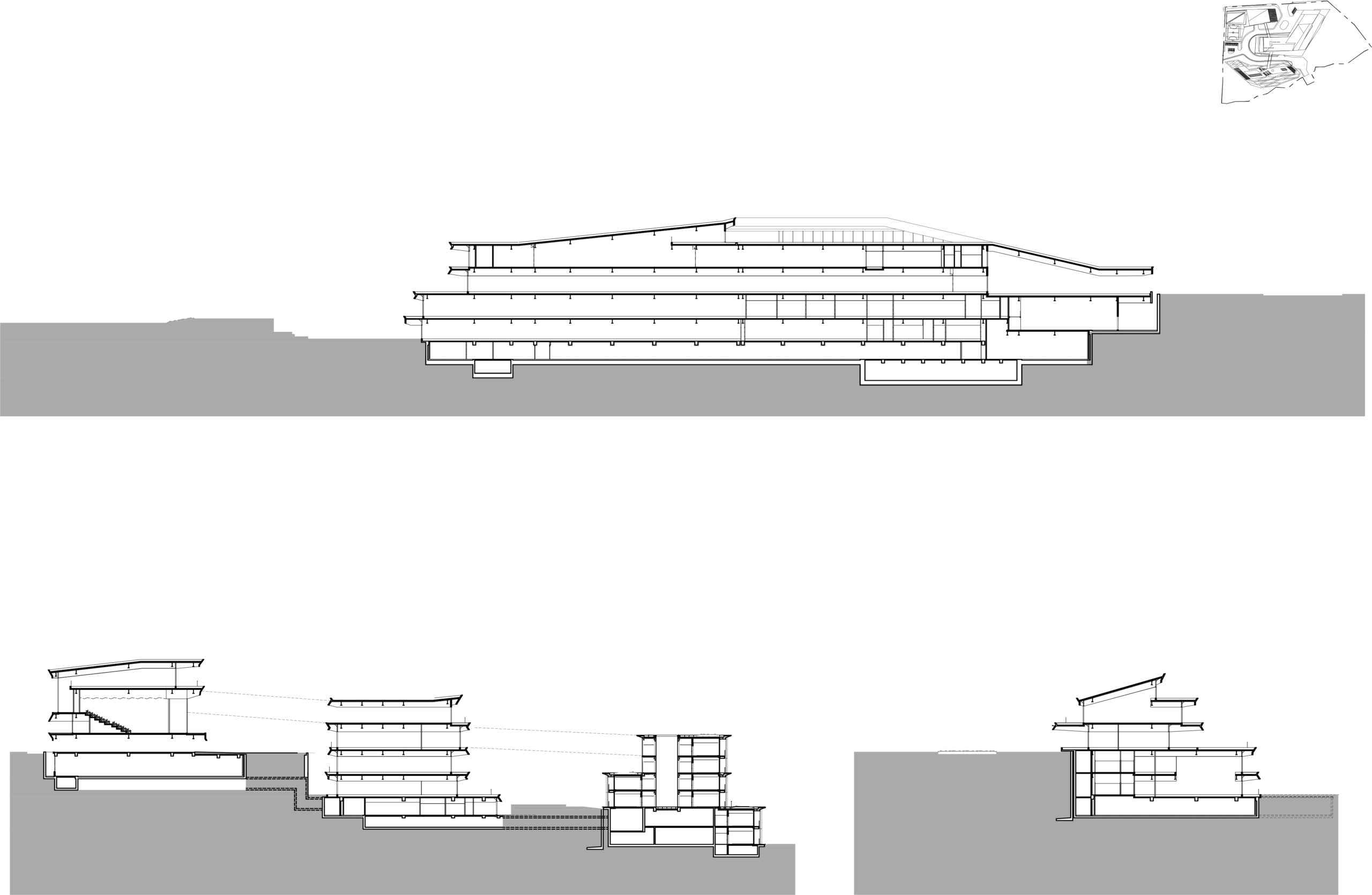
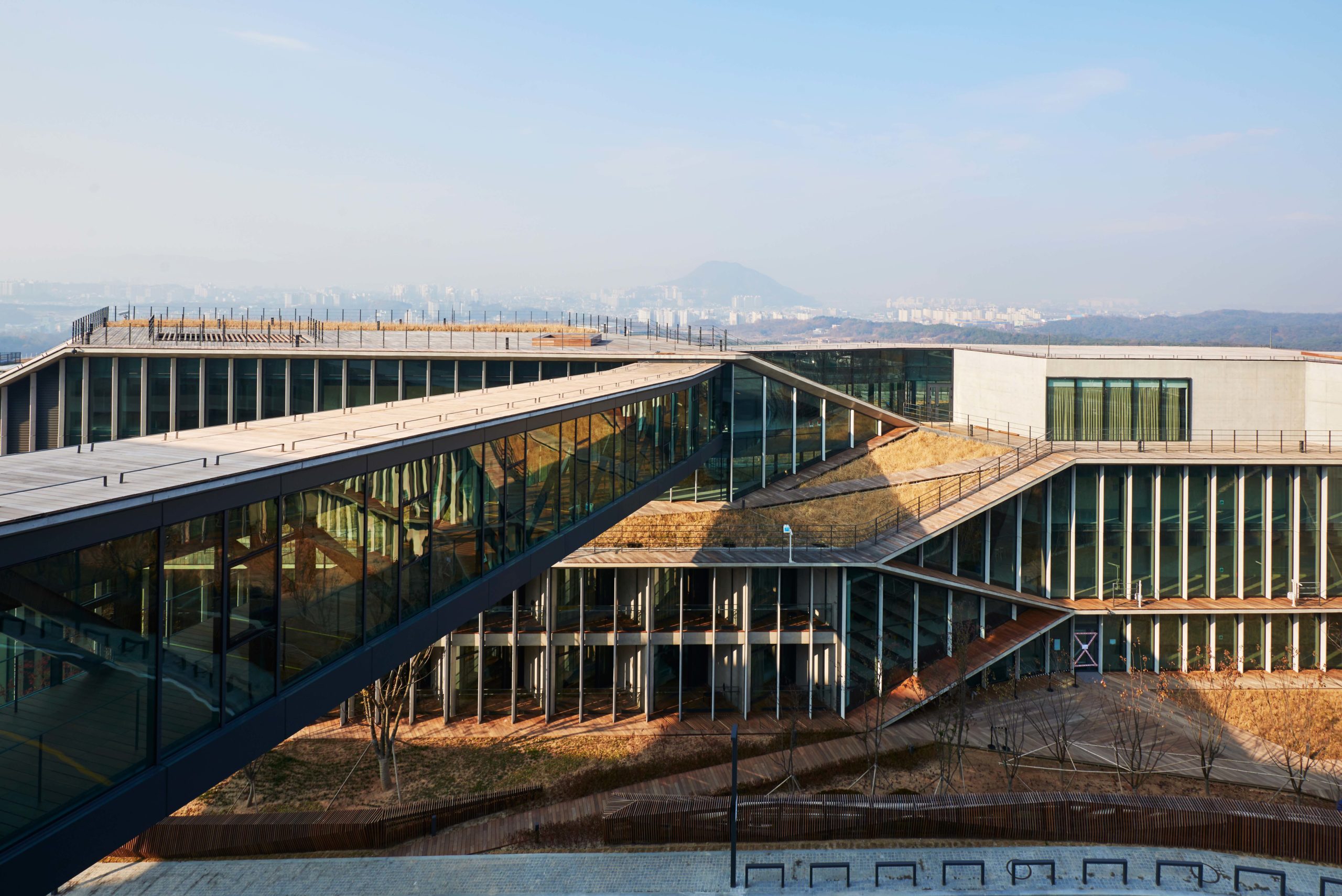 CONNECT ONE, Chuncheon-si, South Korea
CONNECT ONE, Chuncheon-si, South Korea
The team’s aim in CONNECT ONE was to create an open and liberated space for learning and communications by integrating the building and the hills around it. The entire space spreads by forming terraces, which are connected with diagonal rooms for communication named “community voids”, which facilitate lively discussions among people who could take seats in the grand stairs and enjoy panoramic view of the nature.

 Yusuhara Marche, Takaoka District, Japan
Yusuhara Marche, Takaoka District, Japan
Yusuhara Machino-eki is a complex of a market selling local products and a small hotel with 15 rooms. Combining the two different functions via atrium, a new core facility was born for the town of 3,900 in the mountains. As an attempt to respect this history, the team used thatch as the material, which is deeply related to “Cha Do,” which worked as a medium to connect the past with the present.
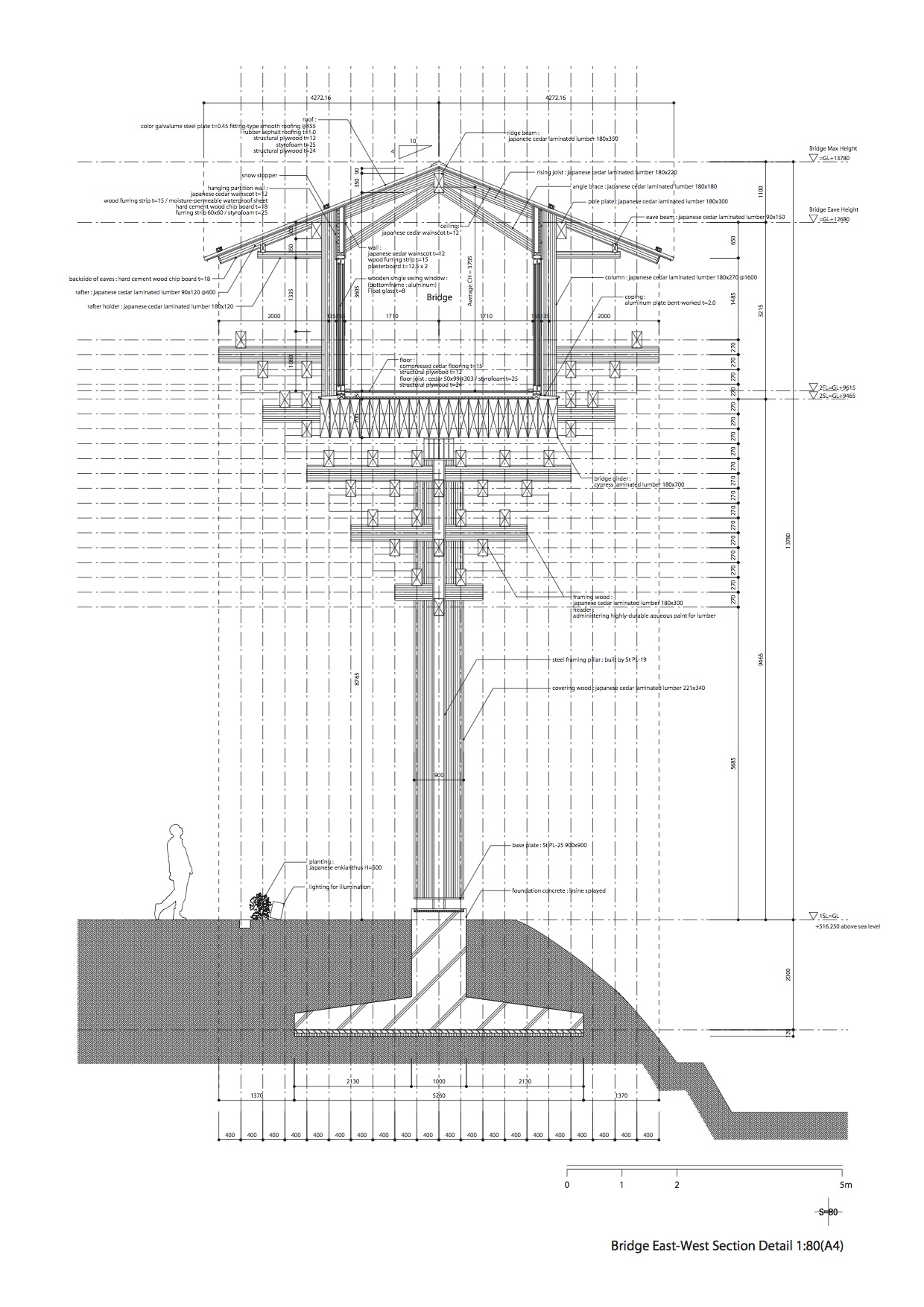
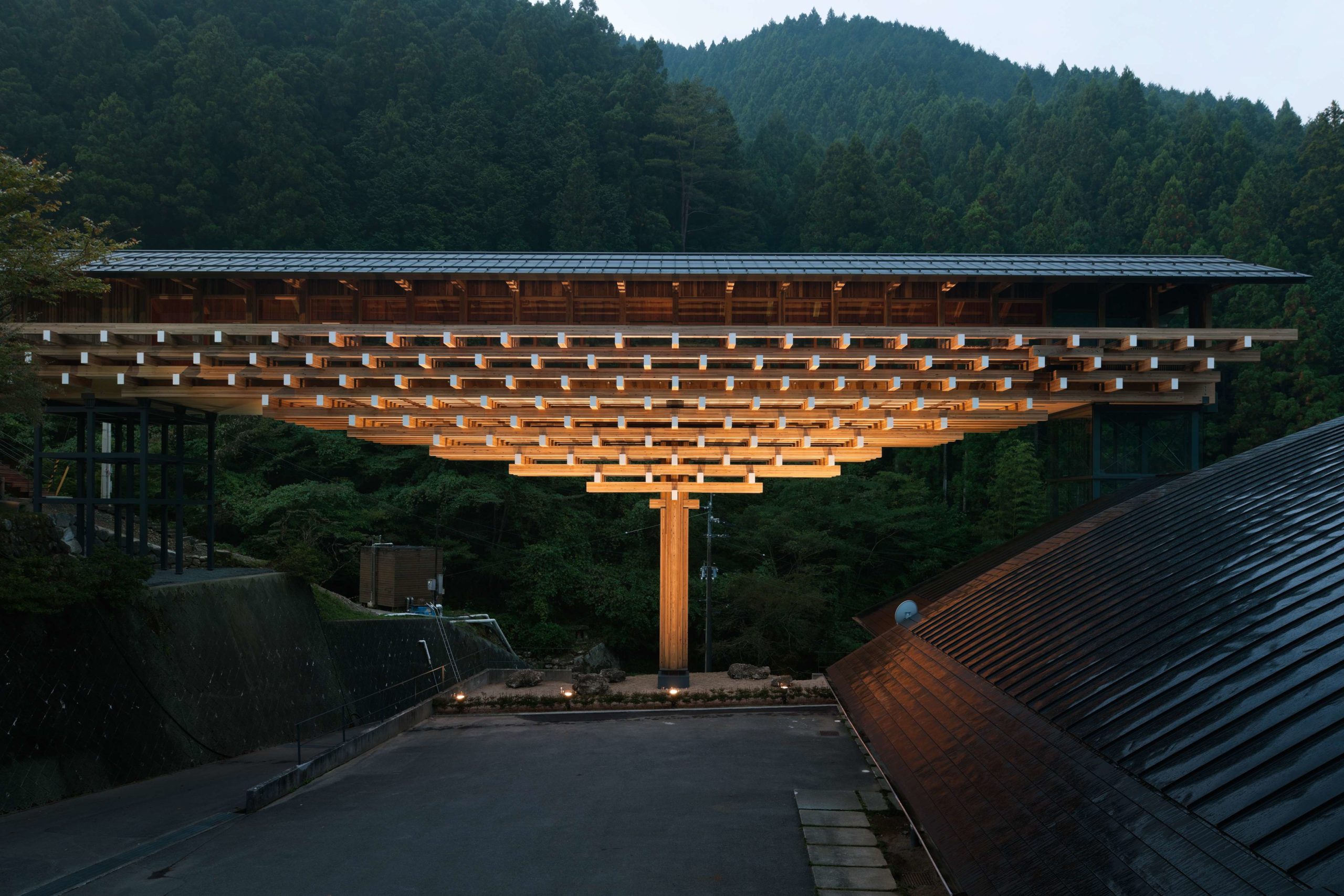 Yusuhara Wooden Bridge Museum, Takaoka, Japan
Yusuhara Wooden Bridge Museum, Takaoka, Japan
This is a plan to link two public buildings with a bridge-typed facility, which had been long separated by the road in between. The museum technically bridges communications in this area. It functions not only as a passage between the two facilities but also as an accommodation and workshop, ideal location for artist-in-residence programs.

 Daiwa Ubiquitous Computing Research Building, Tokyo, Japan
Daiwa Ubiquitous Computing Research Building, Tokyo, Japan
This research building was constructed for the university’s new field on ubiquitous computing. The team’s aim was to break away from conventional images of campuses that consist of hard materials such as concrete, metal or stone, and to instead design a soft building made with wood and earth. At the center of the building comes an organ-like aperture covered with soft membrane. The opening generates a gentle and organic flow of light and wind in the campus, which is otherwise dominated by the strict grid arrangement.
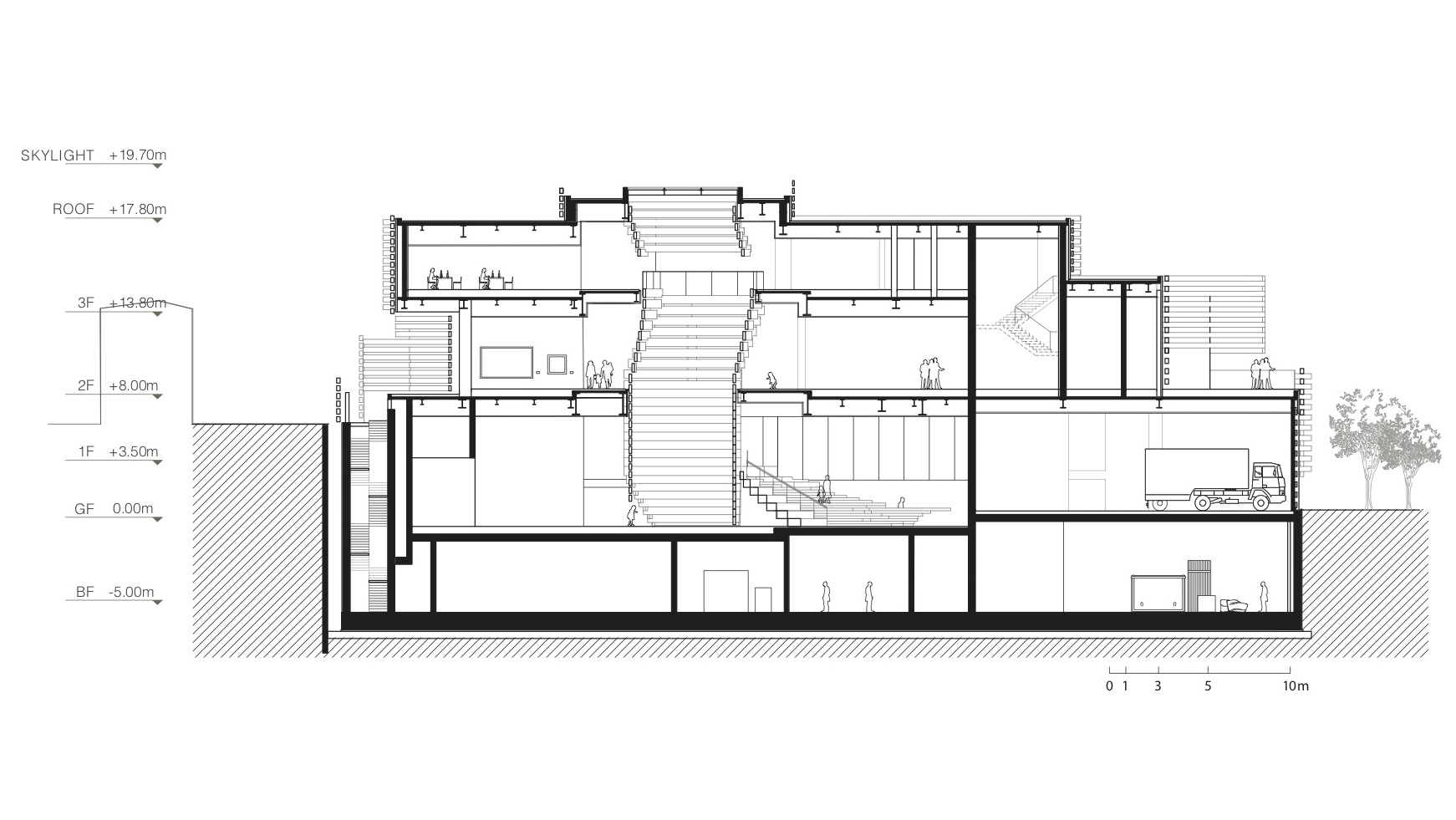
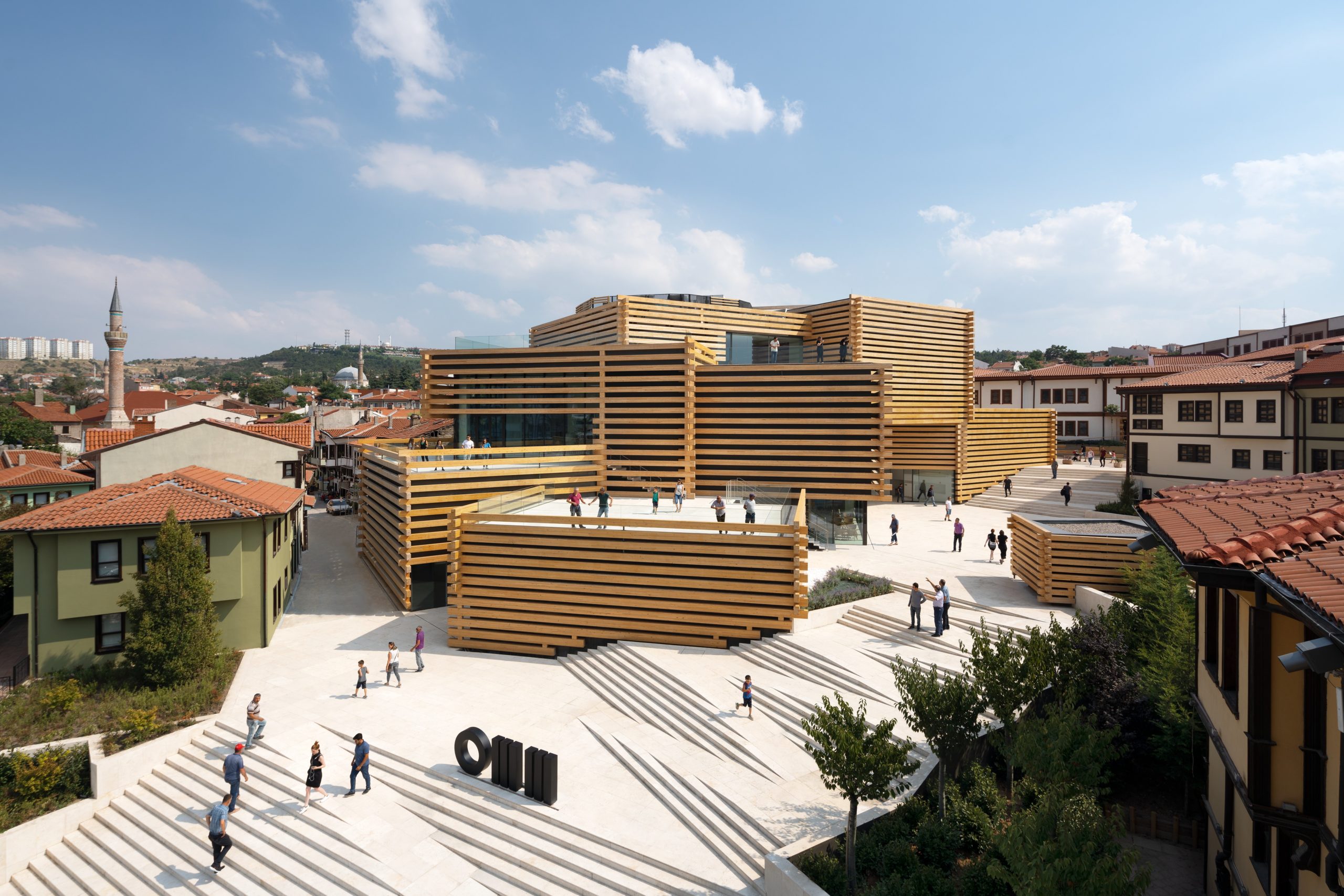 Odunpazari Modern Museum, Eskişehir, Turkey
Odunpazari Modern Museum, Eskişehir, Turkey
Odunpazari Modern Art Museum is to exhibit the owner’s collection of Turkish modern art. The Museum is planned in the city of Eskisehir where the owner was born and raised. The project is to realize the owner’s ambition to promote Turkish art and to make cultural contribution to the city of Eskisehir. The stacked and interlocked boxes are designed in various sizes to create diverse scales of exhibition space inside. Boxes at the ground level offers opportunities for large scale art works and installation.
Feast your eyes on the world's most outstanding architectural photographs, videos, visualizations, drawing and models: Introducing the winners of Architizer's inaugural Vision Awards. Sign up to receive future program updates >
